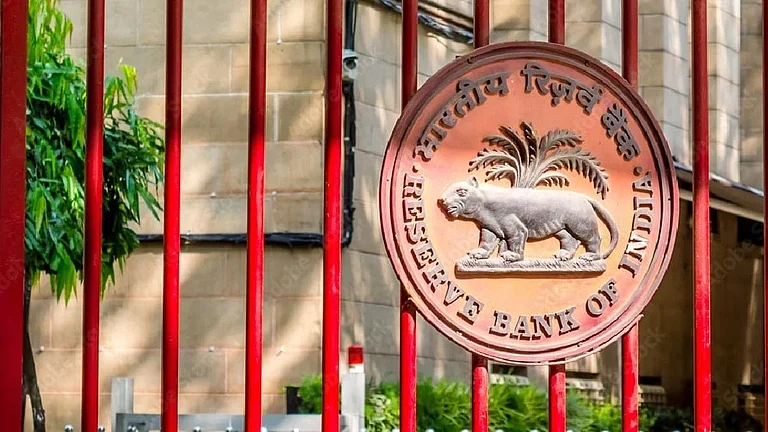Once known as the temple city, Bhubaneswar has travelled a long way, consistently coordinating its rich social legacy with a strong regional economic base. Its strategic geographical positioning along the east coast of the country makes Bhubaneswar the entry-point to South-East Asia providing easy accessibility to existing ports as well as the rising ports.
Bhubaneswar, the capital city of Odisha, plays an important role as a regional gateway to the Golden Tourist Triangle of the state—Puri, Konark, and Chilika Lake. The city is an emerging hub in the fields of education, health and IT industry, with demand for affordable housing segment at an all time high.
Housing demand
Mixed-income affordable housing projects in Bhubaneswar have been one of the key areas that the government has been targetting. As the trade and investment grows and people start migrating, the government plans to make houses available for as little as Rs 5 lakh by implementing public private partnership mode (PPP).
Bhubaneswar Development Authority (BDA) aims to provide all the basic facilities, including road network, power supply, drinking water, solid waste management, street lights and drainage system to these houses which will have a build-up area of 346.6 sq.ft.
The BDA has set up a target of constructing 10,000 such houses for EWS section of the society this year in an area of 20.31 acres, 7,000 of which have already been constructed.
Areas like Chandrasekharpur, Lumbini Vihar, and Buddha Jayanti Park are witnessing higher demand in the affordable residential units. The BDA will further execute two similar schemes at Gadakana and Subudhipur.
In another development, the public works department (PWD) plans to execute rental housing projects in Bhubaneswar. These rental-housing complexes will be constructed in four parts of the capital city and it will provide accommodation to the construction workers, migrant labourers and college students owing to the size of these houses.

Infrastructure growth
Hosting major Indian IT companies—Infosys, Wipro, Tata Consultancy Services, Tech Mahindra and MindTree—Bhubaneswar is growing into a hub for trade and investments and for the corporate sector to start their offices, extending the peripheral areas of the city. The peripheral areas would find stupendous growth in the coming days as the connectivity will improve with the main city.
The key elements under the Smart City project of Bhubaneswar include a multi-modal transportation hub at railway station, mixed-use transit oriented development (TOD) projects and Janpath Smart Corridor.
In August 2016, the Chief Minister launched Employment Generation Scheme with the aim to create direct, indirect and self-employment opportunities for over 11 lakh youths in both rural and urban areas. Growing job, trade and investment opportunities will act as a magnet for migrants from the nearby areas. Smart City project once in full swing will be a boon of opportunities for people seeking employment.
Witnessing an exponential growth in infrastructure, Bhubaneswar in the coming years will become a hub for trade and investments followed by a growth in real estate market.

Development indicators
- Janpath Corridor and TOD to improve connectivity
- German Development Bank to fund the smart city project
- Employment Generation Scheme to create more job opportunities
- BDA to provide basic facilities like drainage system, power supply etc. to houses under affordable housing
Booming Bhubaneswar
- Phulnakhara, Pandara, Ghatikia, Sunderpara are growing into an enterprising hub
- First to constitute a special purpose vehicle (SPV) company – Bhubaneswar Smart City Limited
- New colleges will increase the demand for rental houses













